Southeast Asia pulls travelers in with its mesmerizing cultural fabric, jaw-dropping landscapes, and incredible bang for your buck. Vietnam and Cambodia often battle for precious days on the same itinerary, leaving travelers scratching their heads about where to spend more time. Despite sharing borders and certain cultural elements, these two countries deliver surprisingly different travel experiences.
Here are 20 key differences between Vietnam and Cambodia that could reshape your Southeast Asian adventure plans.
Geographic Scale
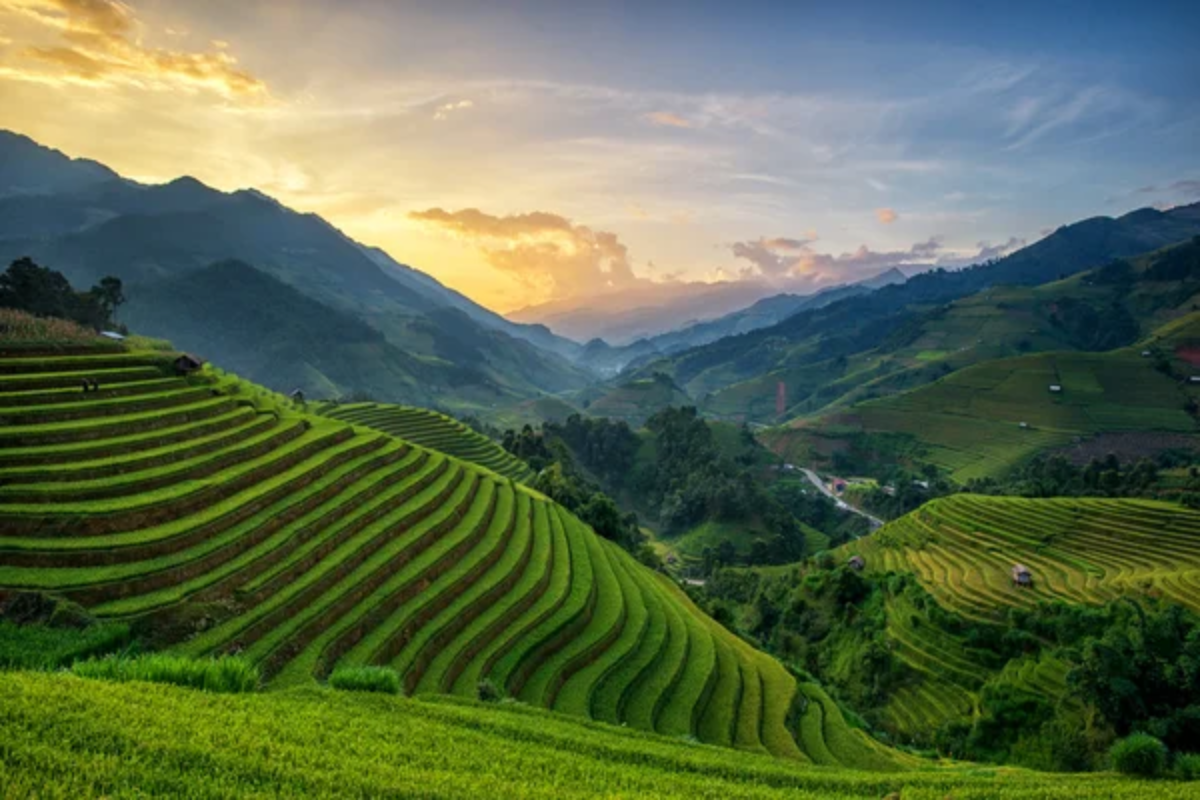
Vietnam sprawls over 1,000 miles from north to south – creating starkly different climate zones and demanding serious travel time between major spots. Expect to spend considerable hours on trains, buses, or domestic flights if you’re hoping to cover the classics.
Cambodia fits into roughly a third of Vietnam’s footprint – with major tourist magnets clustered more conveniently together, so you won’t waste precious vacation days just getting from A to B.
Transportation Infrastructure
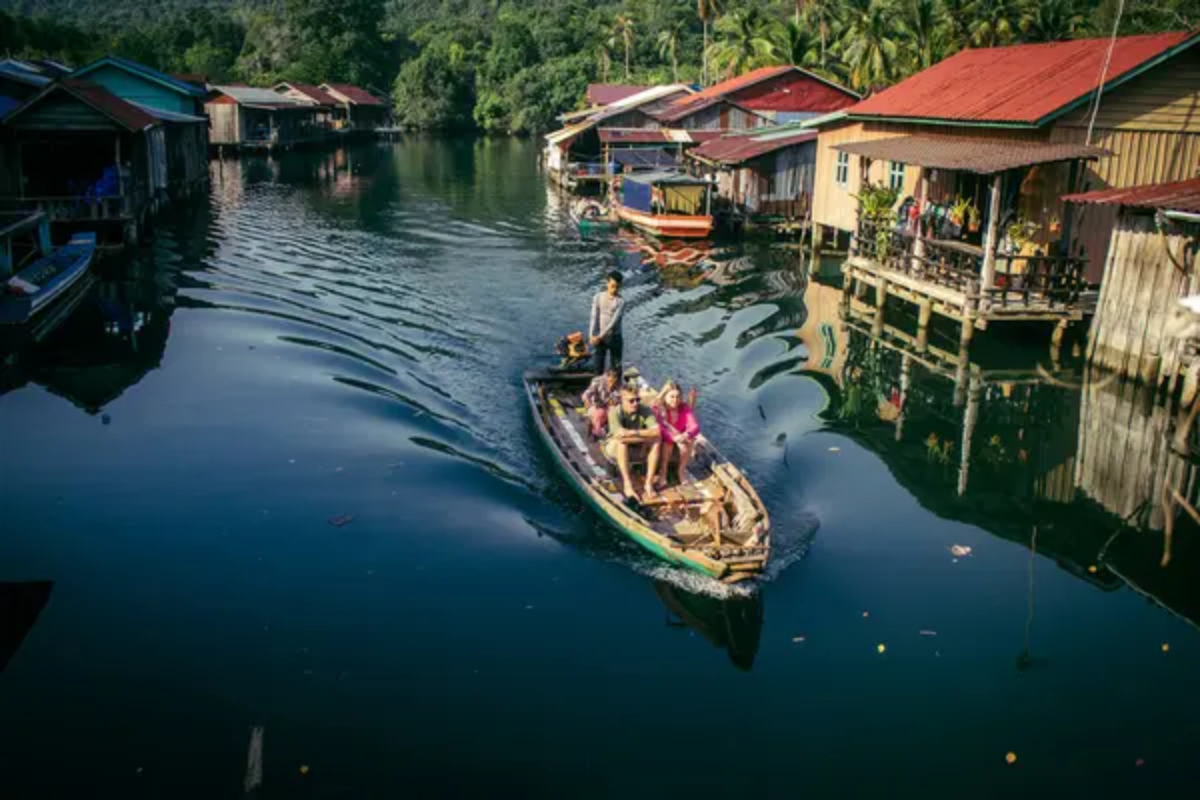
Vietnam boasts surprisingly solid transportation networks – including functional train lines, decent highways, and plenty of airports with regular flights connecting major destinations. Even remote areas have become increasingly accessible with ride-sharing apps that are now reaching far beyond city limits.
Cambodia lags noticeably behind in this department, with no passenger rail service to speak of and road quality that ranges from ‘recently improved’ to ‘adventure travel.’ The main tourist triangle between Phnom Penh, Siem Reap, and the coast works efficiently enough, though.
Like Travel Pug’s content? Follow us on MSN.
Historical Narratives
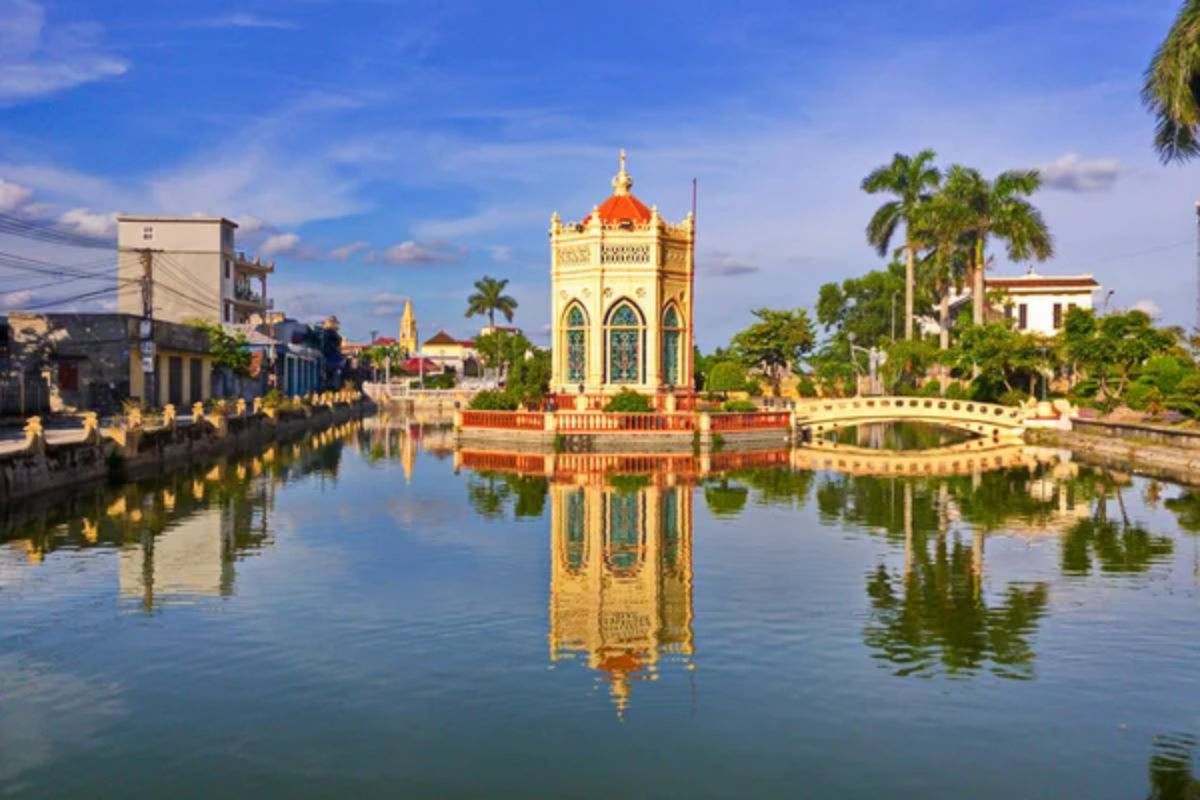
Vietnam’s historical storyline revolves around resistance – centuries of pushing back against foreign powers, from ancient Chinese dynasties through French colonialism to the American War (known stateside as the Vietnam War). This narrative of fierce independence saturates historical sites nationwide.
Cambodia tells a dramatically different tale – one of ancient glory during the Angkor period followed by the unimaginable horror of the Khmer Rouge genocide that wiped out nearly a quarter of the population between 1975 and 1979. This stark historical whiplash shapes every aspect of contemporary Cambodian identity.
Archaeological Treasures
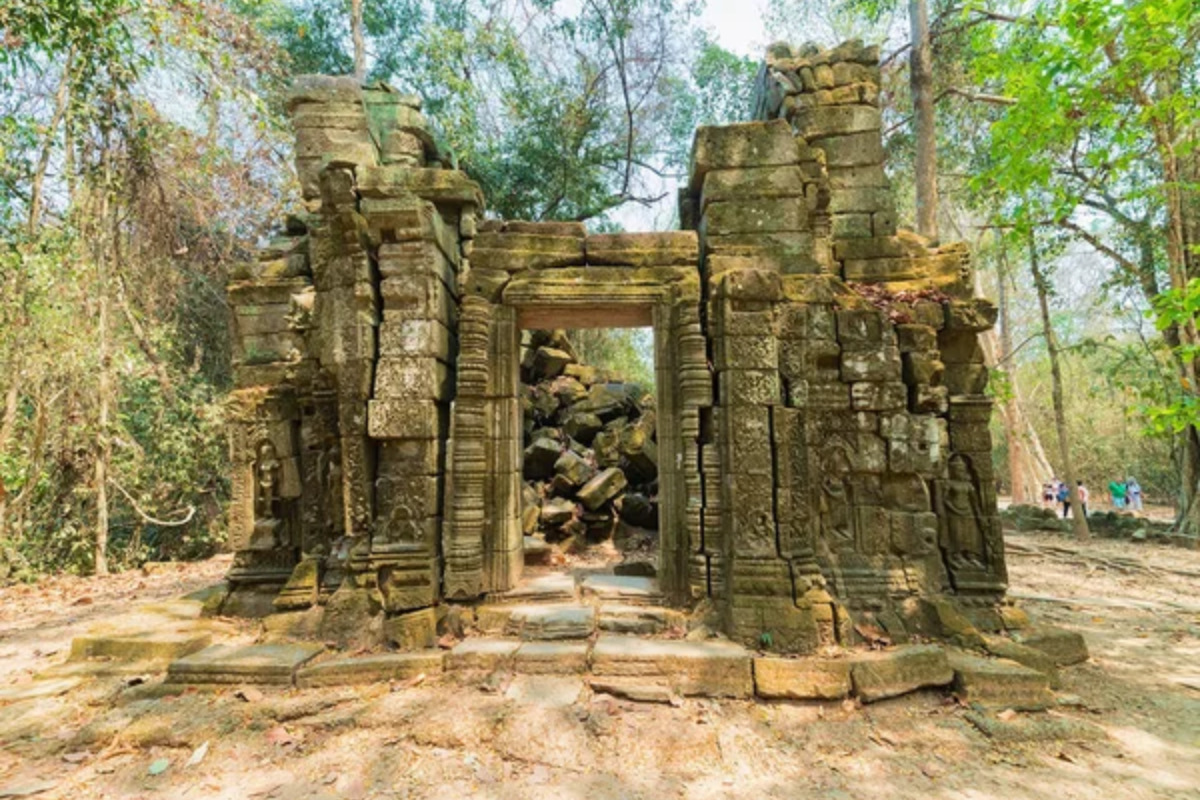
Vietnam offers interesting archaeological sites scattered throughout the country – with standouts like My Son Sanctuary’s weathered Cham temples and the sprawling Imperial Citadel of Thang Long. These spots, while fascinating, rarely become the primary reason most travelers visit.
Cambodia, meanwhile, houses what many consider Southeast Asia’s crown jewel – Angkor Archaeological Park, an astonishing complex that ranks among humanity’s greatest architectural achievements. These 9th-13th century monuments draw visitors from worldwide specifically to witness their scale and artistry.
Urban Experiences
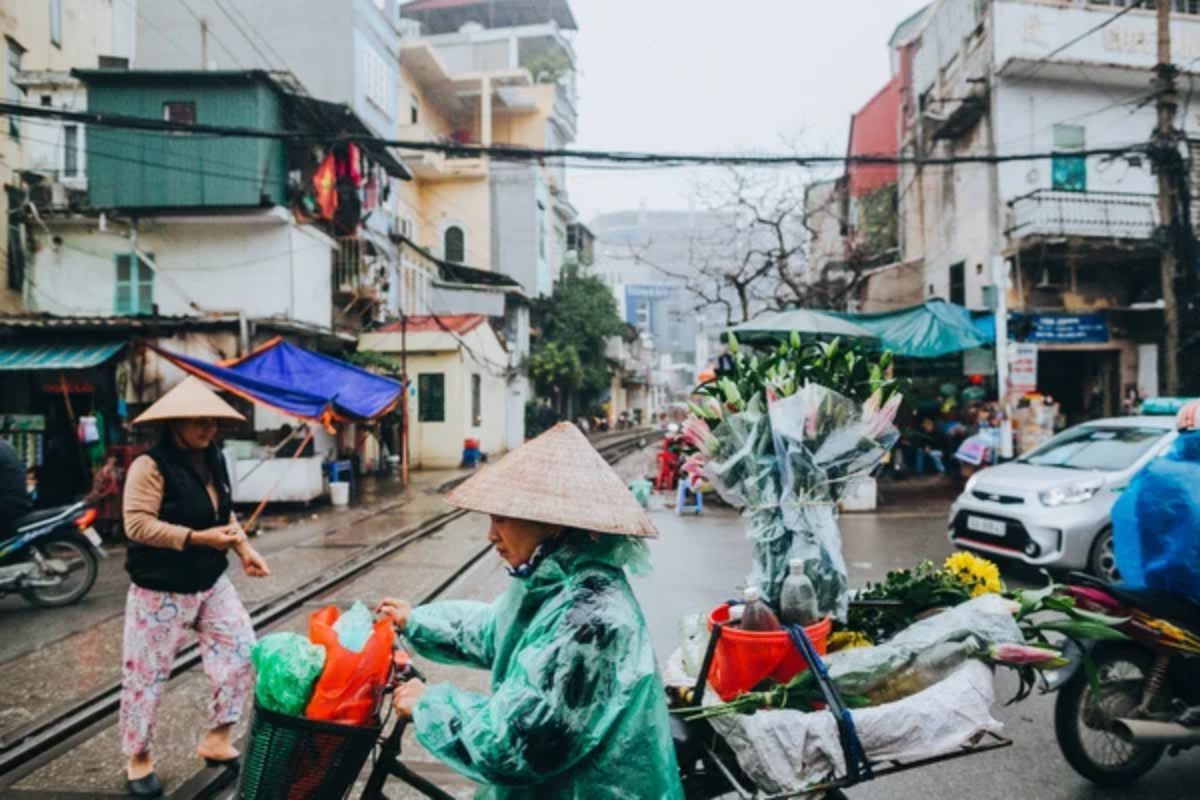
Vietnam’s cities hit you with sensory overload – particularly Hanoi and Ho Chi Minh City, where swarms of motorbikes flow like metallic rivers between French colonial buildings and sleek skyscrapers. The urban energy feels almost palpable, with sophisticated dining and shopping scenes evolving rapidly.
Cambodia’s cities strike a noticeably different tone – Phnom Penh retains a somewhat laid-back provincial feel despite being the capital. The infrastructure challenges remain more visible, yet this creates fascinating juxtapositions where traditional life and modernity collide more visibly than in Vietnam’s increasingly polished urban centers.
Like Travel Pug’s content? Follow us on MSN.
Cuisine Complexity
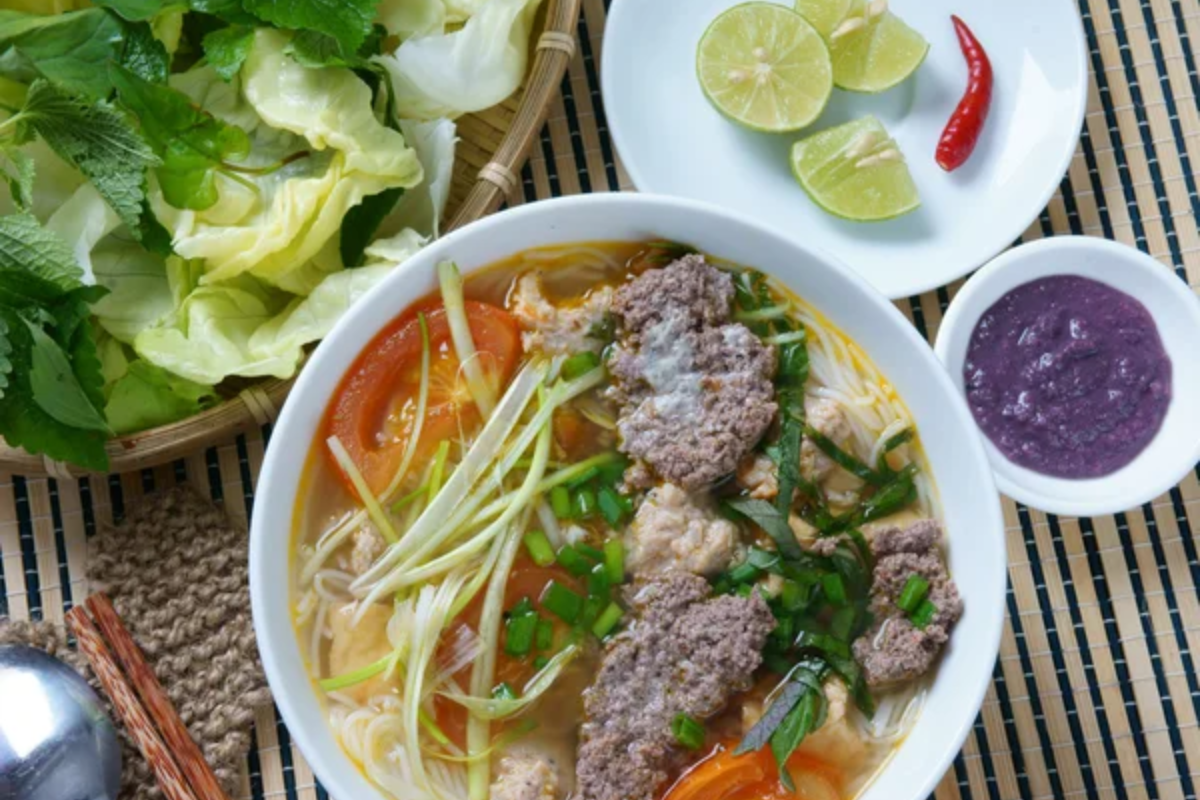
Vietnamese food has conquered global palates with its fresh herbs, complex flavor layering, and distinct regional styles, from the subtle broths of the north to the spice-forward southern dishes. The cuisine emphasizes lightness and balance, with meals structured around contrasting elements.
Cambodian cooking remains surprisingly underappreciated despite its sophisticated techniques and unique flavor profiles. The cuisine packs bolder punches with its liberal use of prahok (fermented fish paste) and distinctive curry pastes that create taste experiences that are genuinely different from those of neighboring countries.
Coastal Opportunities

Vietnam flaunts over 2,000 miles of coastline dotted with beach options ranging from the developed resorts around Da Nang to emerging hotspots like Phu Quoc Island. The extensive shoreline means you can find everything from party beaches to nearly deserted stretches of sand.
Cambodia’s modest 270-mile coastline along the Gulf of Thailand can’t compete in terms of variety, concentrating mostly around Sihanoukville (increasingly dominated by Chinese development) plus quieter spots like sleepy Kep and the Koh Rong islands. Beautiful options exist, just fewer of them.
Mountain Landscapes
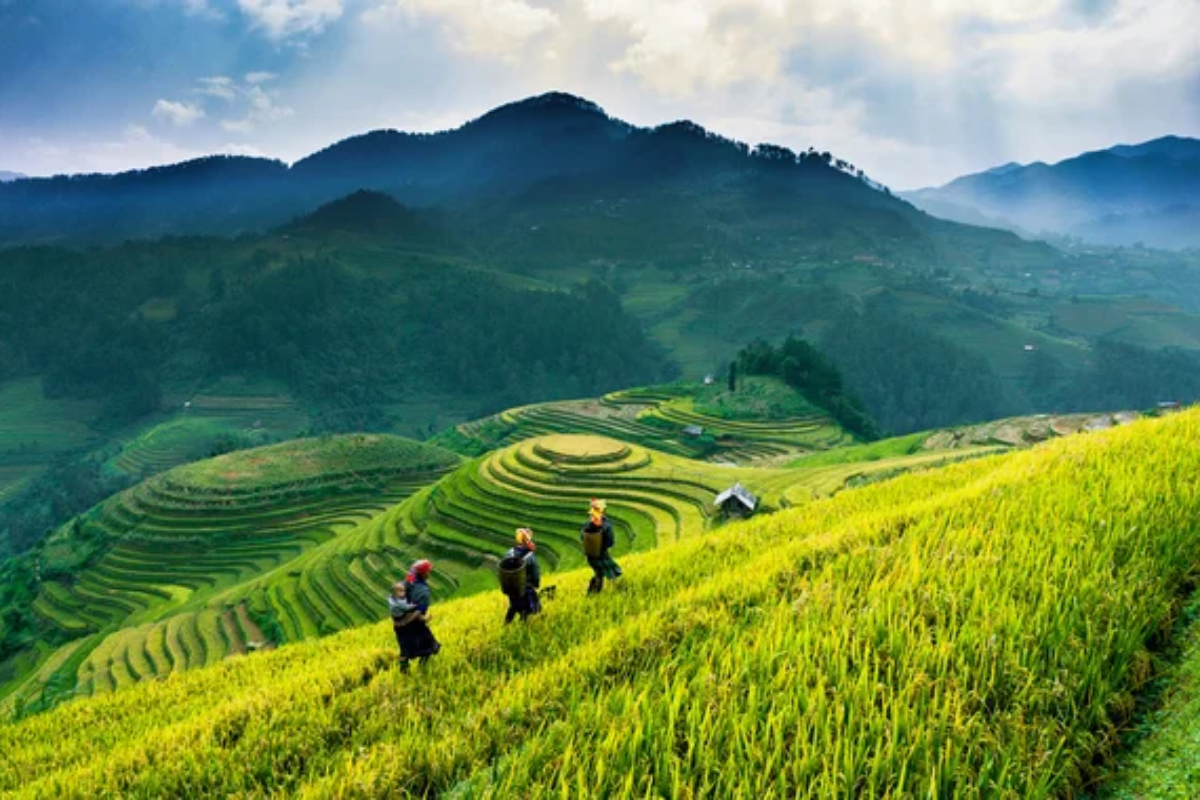
Vietnam delivers serious mountain credentials – especially in the northwest, where Sapa’s iconic rice terraces cascade down hillsides, and Fansipan stands as Indochina’s highest peak. The central highlands and northern limestone formations provide plenty of additional elevated playgrounds for trekkers and photographers alike.
Cambodia sits predominantly flat as a pancake, with the modest Cardamom Mountains and Bokor National Park offering the main exceptions. While these areas feature emerging ecotourism opportunities, they simply don’t match the dramatic vertical landscapes and established hiking networks found throughout Vietnam’s mountainous regions.
Like Travel Pug’s content? Follow us on MSN.
Language Accessibility

Vietnamese throws serious linguistic curveballs at English speakers – those six tones can completely transform meaning with the slightest pitch change, making even basic phrases challenging to master correctly. While younger Vietnamese often speak some English in tourist areas, communication gets tricky elsewhere.
Khmer gives travelers an easier starting point – without tones to worry about, basic communication attempts feel less intimidating. Cambodia’s extensive NGO presence has also boosted English education nationwide, making simple English surprisingly common even beyond main tourist centers.
Budget Considerations
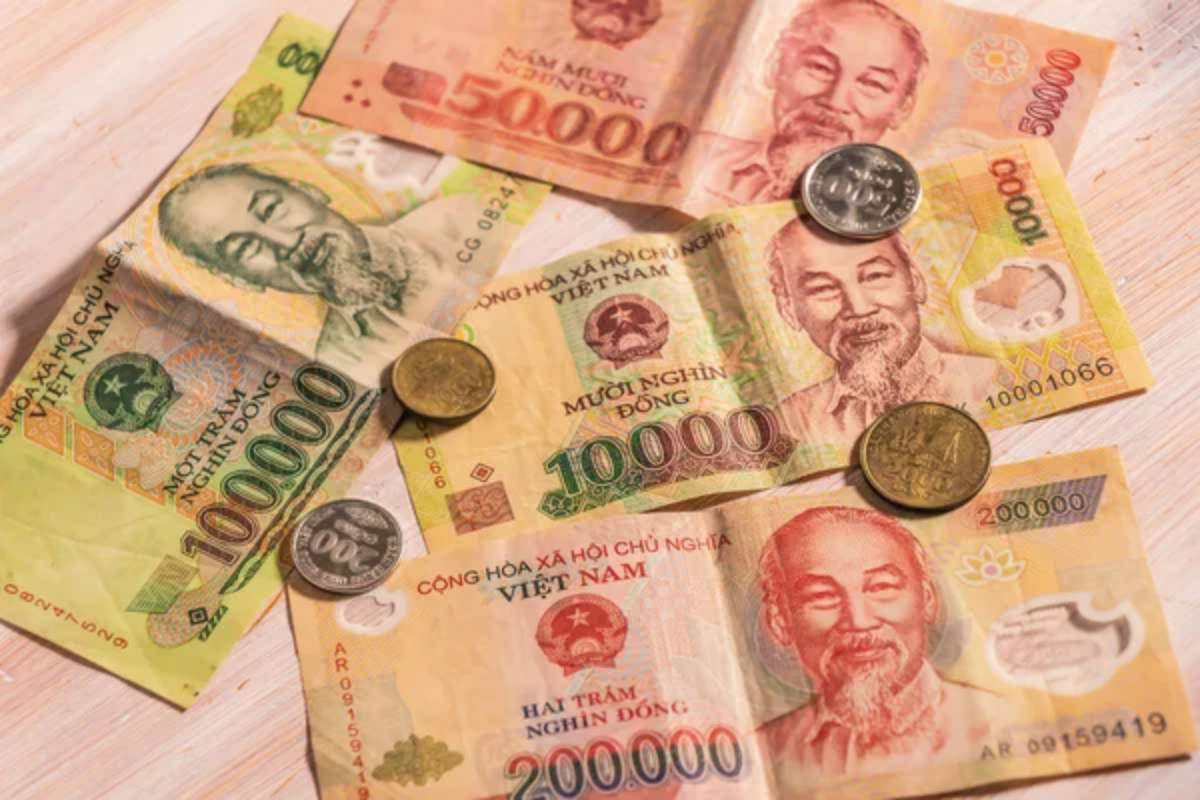
Vietnam delivers exceptional value across every spending category – from street food meals costing barely $2 to mid-range hotels averaging $30-35 and even luxury experiences that won’t destroy Western budgets. The tourism infrastructure has developed enough to create genuine competition and specialization without excessive price inflation.
Cambodia generally costs slightly more for comparable quality, especially in Siem Reap, where Angkor-focused tourism creates floors with higher prices. The widespread use of US dollars alongside Cambodian riel sometimes psychologically encourages visitors to spend more freely than they might using unfamiliar local currency.
Craftsmanship Traditions
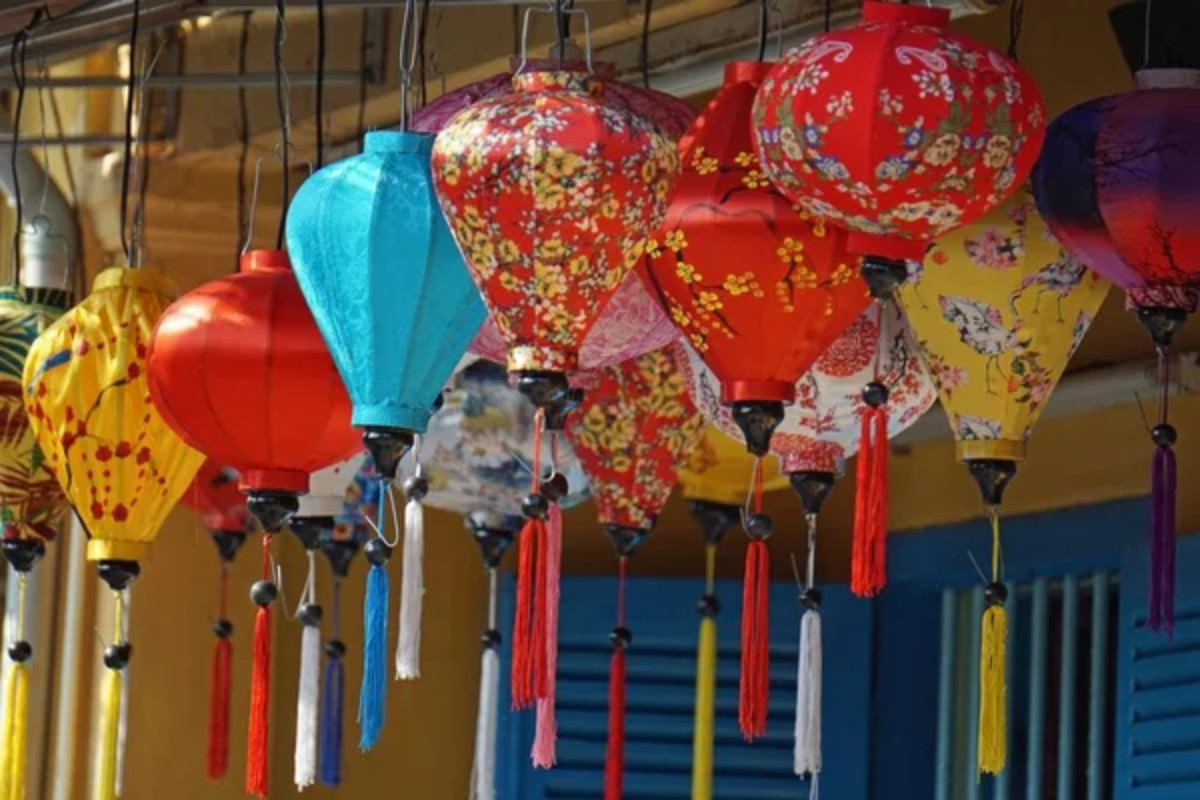
Vietnam maintains living craft traditions that vary fascinatingly by region. From Hoi An’s skilled tailors to Bat Trang ceramics, Hanoi’s lacquerware workshops, and the silk villages along the Mekong, these crafts continue to evolve while honoring traditional techniques. Cambodia’s artistic traditions took a devastating hit during the Khmer Rouge period when artisans were specifically targeted.
Today’s crafts often represent conscious revival efforts rather than unbroken lineages, with organizations like Artisans Angkor working to rebuild traditional knowledge. The resulting products show remarkable beauty but sometimes reflect this interrupted transmission.
Like Travel Pug’s content? Follow us on MSN.
River Experiences
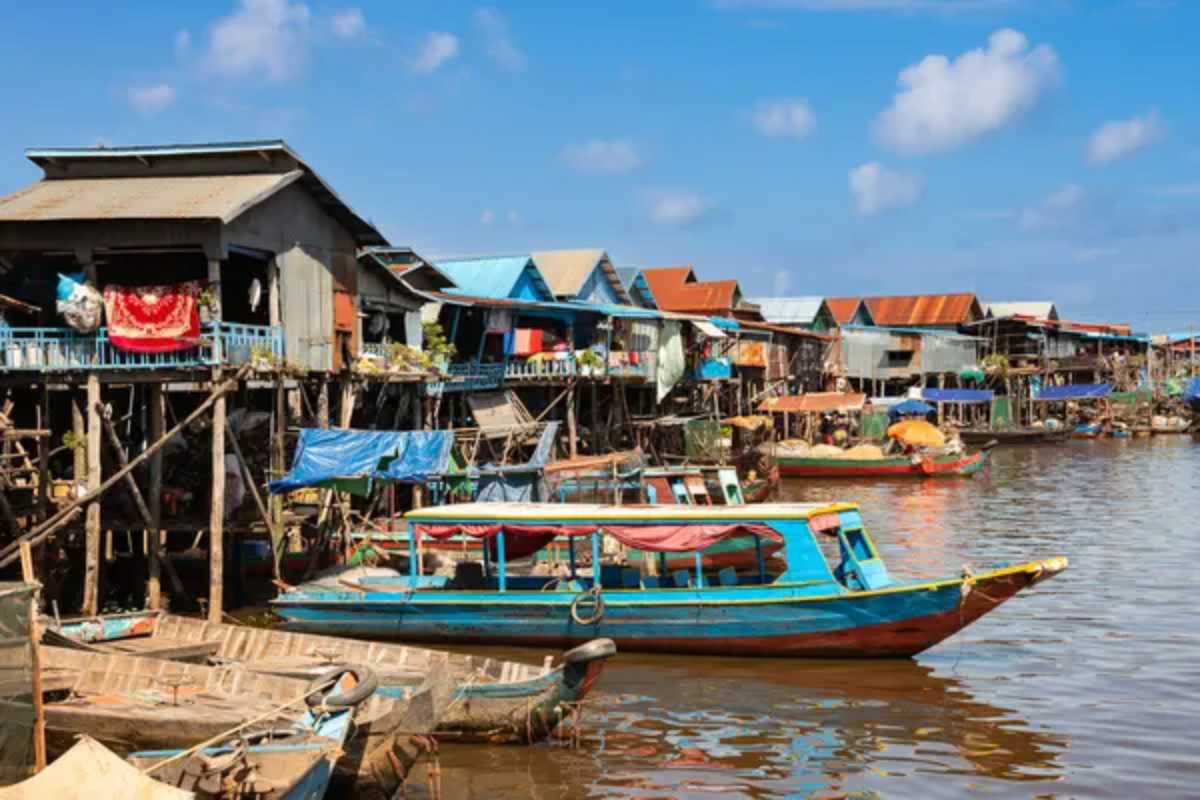
Vietnam’s Mekong Delta spreads like a vast watery maze where countless channels create a labyrinth of islands, floating markets, and riverside communities. The region offers everything from quick day trips out of Ho Chi Minh City to deep explorations of remote waterways where few tourists venture.
Cambodia counters with Tonle Sap Lake, Southeast Asia’s largest freshwater body, with its extraordinary seasonal size fluctuations. While smaller in scale than Vietnam’s delta, the concentrated floating villages create particularly photogenic and immersive experiences, especially during high-water months when entire communities rise with the expanding lake.
Wildlife Encounters
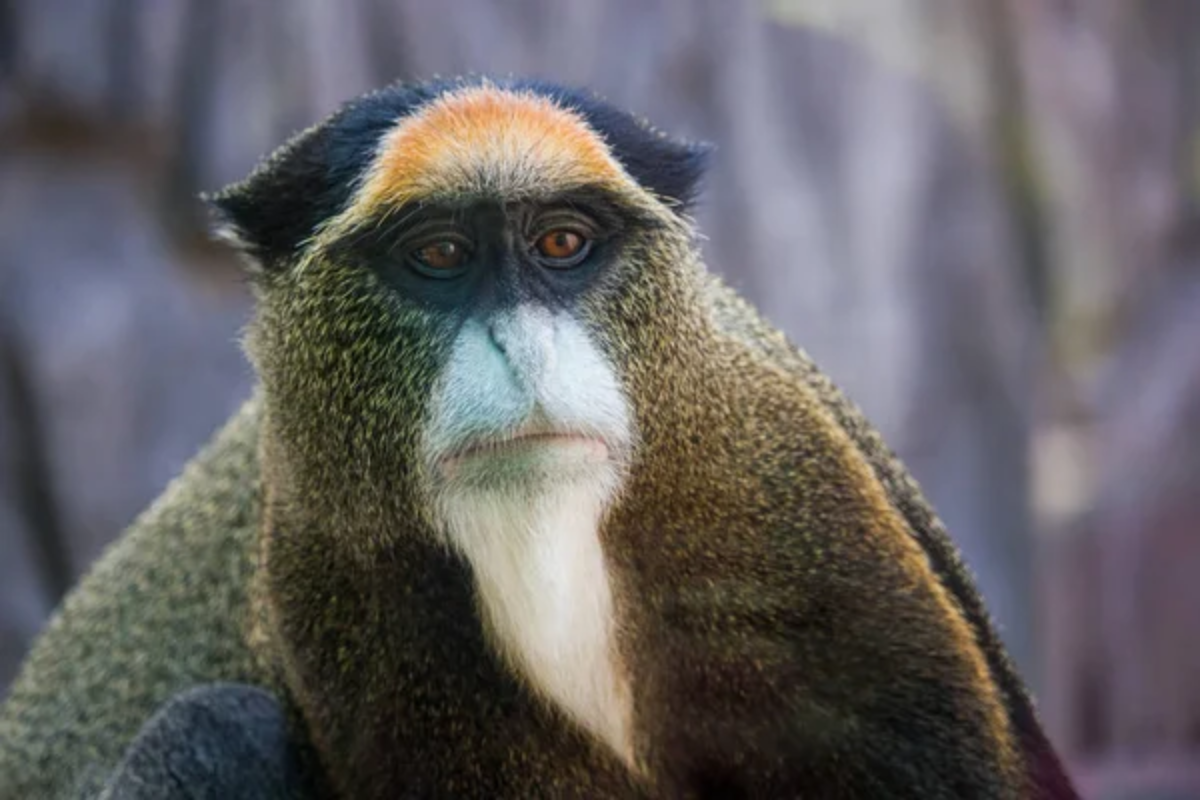
Vietnam protects some impressive biodiversity across its national parks and nature reserves, including several primate species found nowhere else. However, decades of hunting pressure and habitat fragmentation mean wildlife viewing typically requires patience, expertise, and reasonable expectations. Cambodia has emerged as an unexpected conservation success story in recent years.
Once-decimated wildlife populations are gradually recovering thanks to dedicated protection efforts. Elephant experiences in Mondulkiri province, bird sanctuaries at Prek Toal, and the pioneering rewilding projects in the Cardamoms provide increasingly rewarding wildlife encounters.
Culinary Learning Opportunities
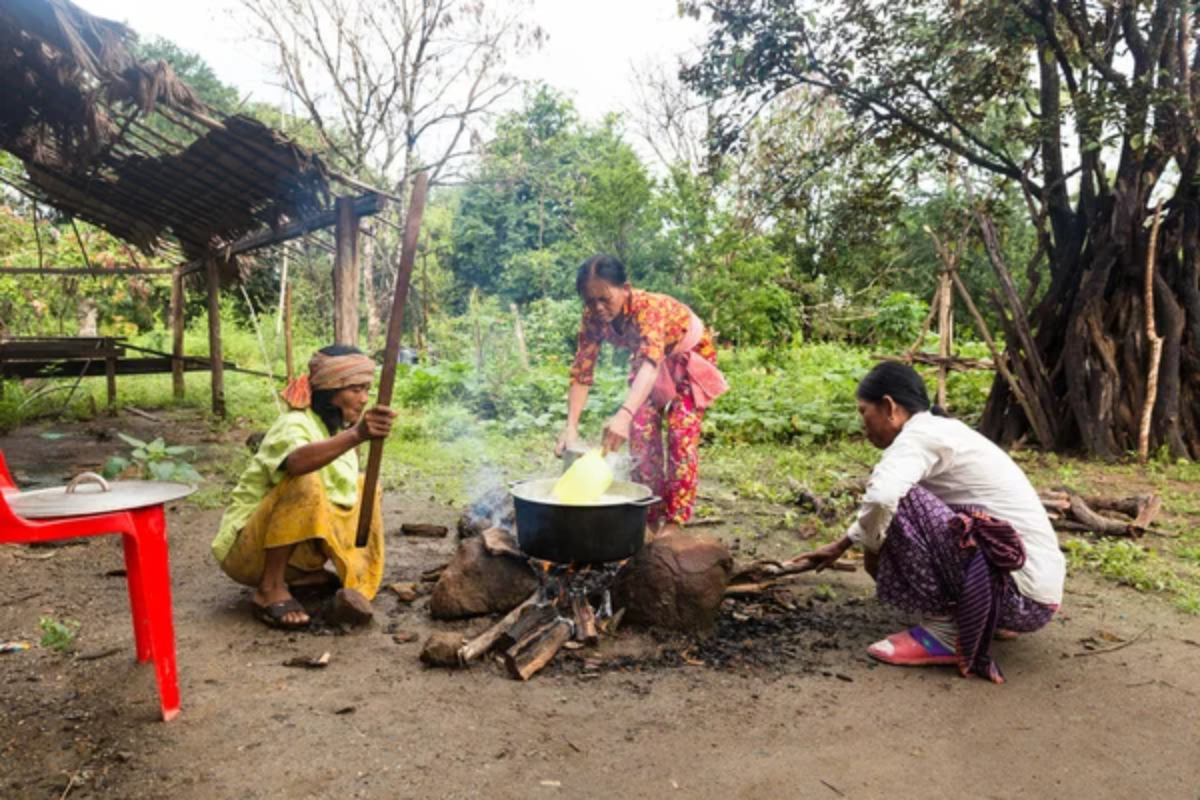
Vietnam embraced food tourism early and enthusiastically, with cooking classes available virtually everywhere tourists go and specialized street food tours operating in most cities. The structured approaches make Vietnamese cooking particularly accessible to visitors wanting hands-on experiences.
Cambodia offers fewer organized culinary experiences outside Phnom Penh and Siem Reap, though this landscape is changing with new cooking schools opening regularly. The less commercialized food scene sometimes means that when you do find cooking classes, they offer more authentic market experiences and family recipes rather than standardized tourist versions.
Like Travel Pug’s content? Follow us on MSN.
Rural Authenticity
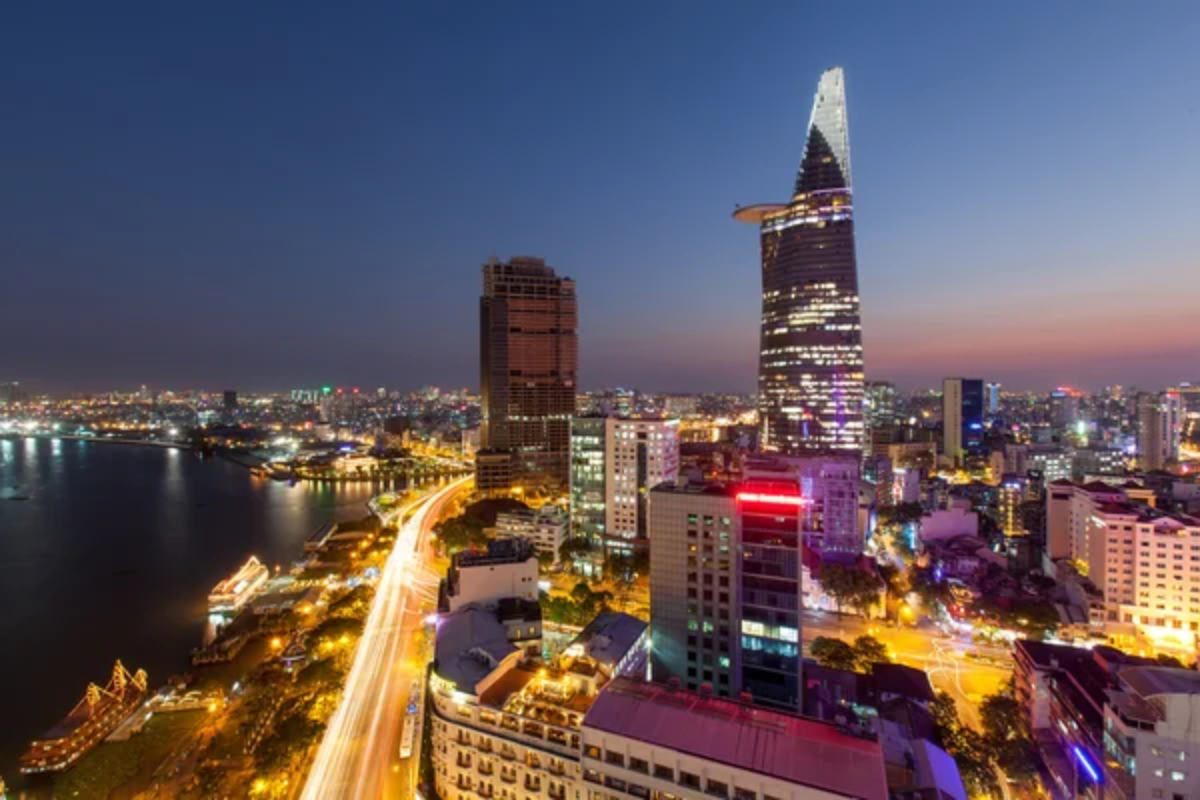
Vietnam’s development boom has transformed many once-remote communities, particularly those along established tourist routes. Villages around Sapa, Mai Chau, and Hoi An still retain cultural distinctiveness but are increasingly present with somewhat choreographed versions of traditional life designed to meet visitor expectations.
Cambodia’s slower development trajectory means rural areas often maintain more authentic traditional lifestyles simply because mass tourism hasn’t arrived yet. Villages throughout Battambang province, around Kampot, and near Kratie offer glimpses into rural Cambodian life that feel less tailored for foreign consumption, though comfort levels may vary accordingly.
Accommodations Variety
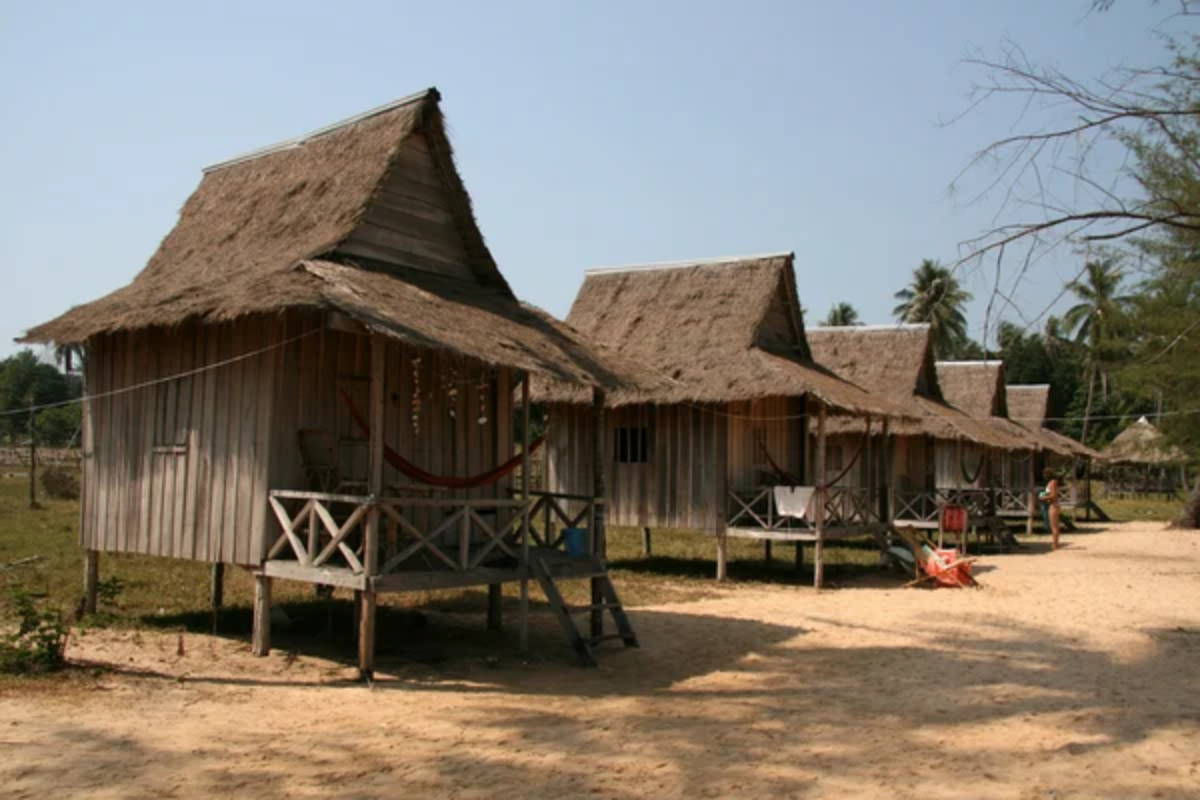
Vietnam offers impressive accommodation diversity across every category imaginable. From international luxury chains to charming boutique hotels in converted heritage buildings, countryside homestays, and design-forward hostels, travelers at any budget level can find distinctive places to stay. Cambodia shows growing strength at both budget and luxury ends but maintains fe
wer options in the middle range, especially outside primary tourist destinations. Beyond Siem Reap and Phnom Penh, accommodation choices often jump from very basic guesthouses directly to premium resorts with limited options between these extremes.
War History Presentations
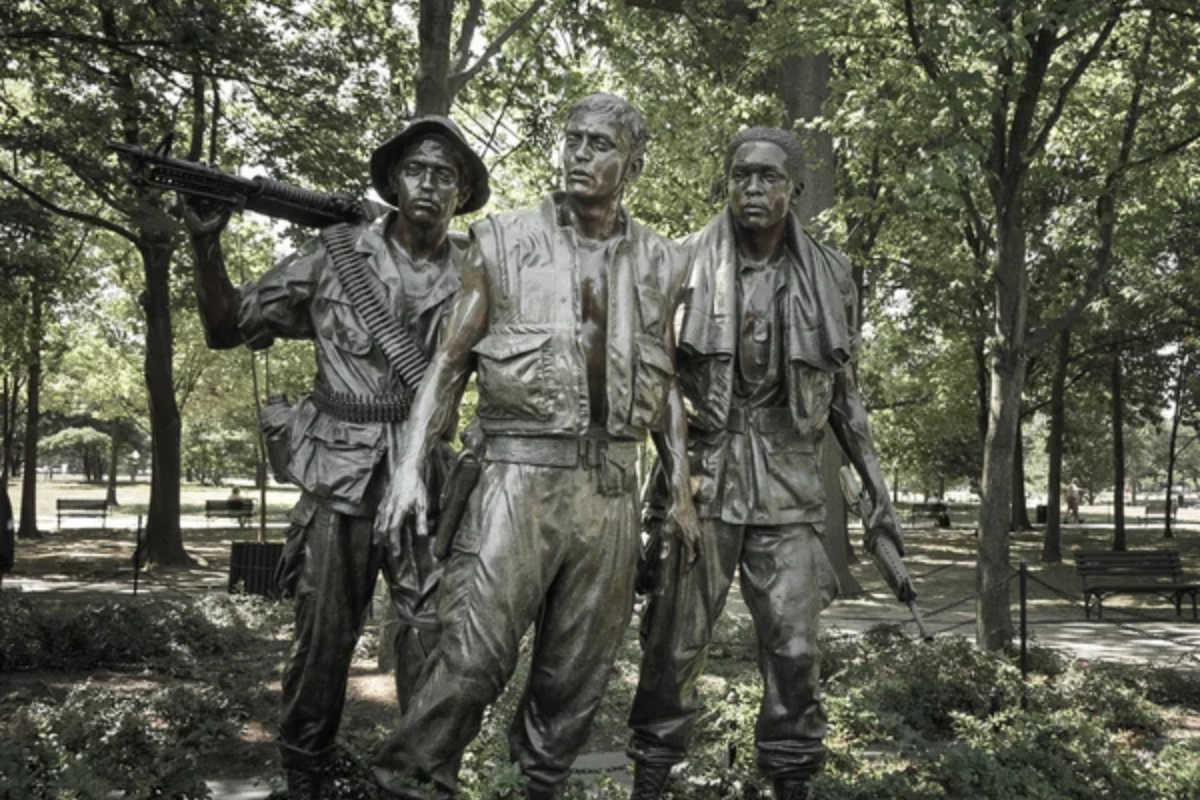
Vietnam presents its war narratives through carefully curated national frameworks at sites like the War Remnants Museum in Ho Chi Minh City and various DMZ tours near Hue. These exhibitions emphasize Vietnamese resilience while explicitly documenting foreign aggressions, particularly American actions during the conflict.
Cambodia’s war history centers on Khmer Rouge atrocities against their population, most powerfully presented at the Tuol Sleng Genocide Museum and Choeung Ek Killing Fields. These sites focus primarily on Cambodian-inflicted trauma rather than external conflicts, creating profoundly moving but emotionally challenging experiences that differ markedly from Vietnam’s war presentations.
Like Travel Pug’s content? Follow us on MSN.
Textile Traditions
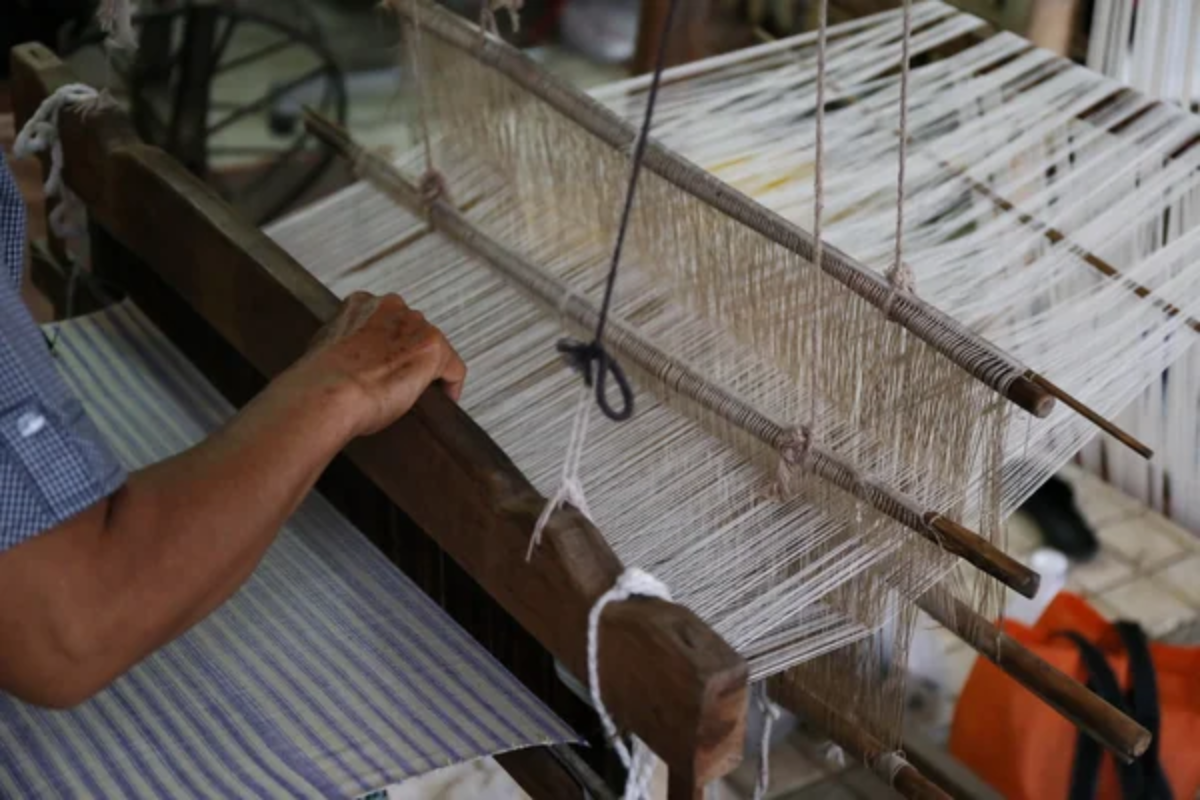
Vietnam showcases a remarkably diverse textile heritage varying drastically between regions. The elaborate embroidery and indigo batik of northern Hmong communities share little resemblance with the silk weaving techniques practiced in central Vietnam or the Mekong Delta. Each ethnic group maintains distinctive patterns and techniques reflecting their cultural identities.
Cambodia’s textile traditions center primarily around silk weaving, particularly the intricate hol technique, which produces complex patterns requiring extraordinary skill. The distinctive golden threads and traditional motifs found in Cambodian textiles reflect uniquely Khmer aesthetic sensibilities that differ noticeably from neighboring countries.
Religious Expression
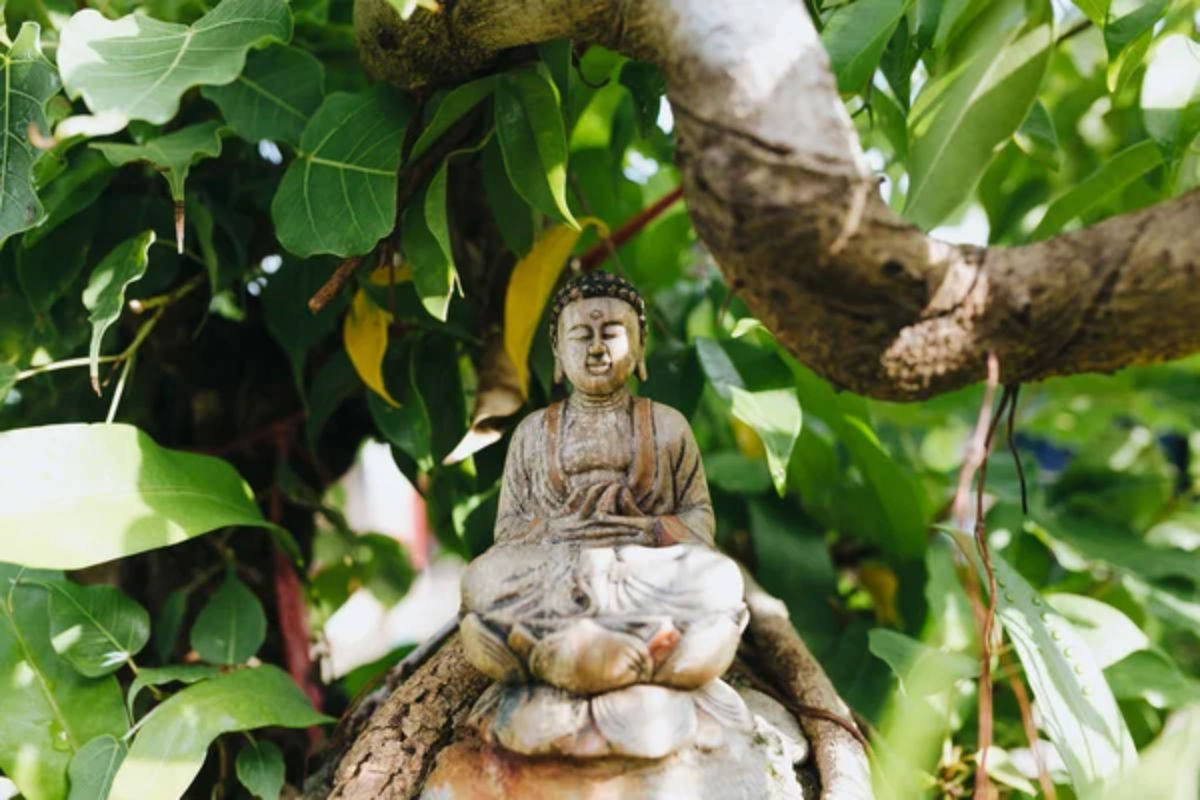
Vietnam’s religious landscape blends various influences – Mahayana Buddhism mingles with Confucian principles, Taoist practices, and indigenous beliefs in a syncretic approach visible in temples nationwide. Catholic communities add further diversity in certain regions, creating notably different religious expressions between northern and southern traditions.
Cambodia maintains a more unified spiritual identity centered around Theravada Buddhism, which thoroughly permeates daily life across the country. Nearly every village, regardless of size, centers around its local wat (temple), and orange-robed monks form an ever-present element of the cultural landscape everywhere you go.
Visa Procedures
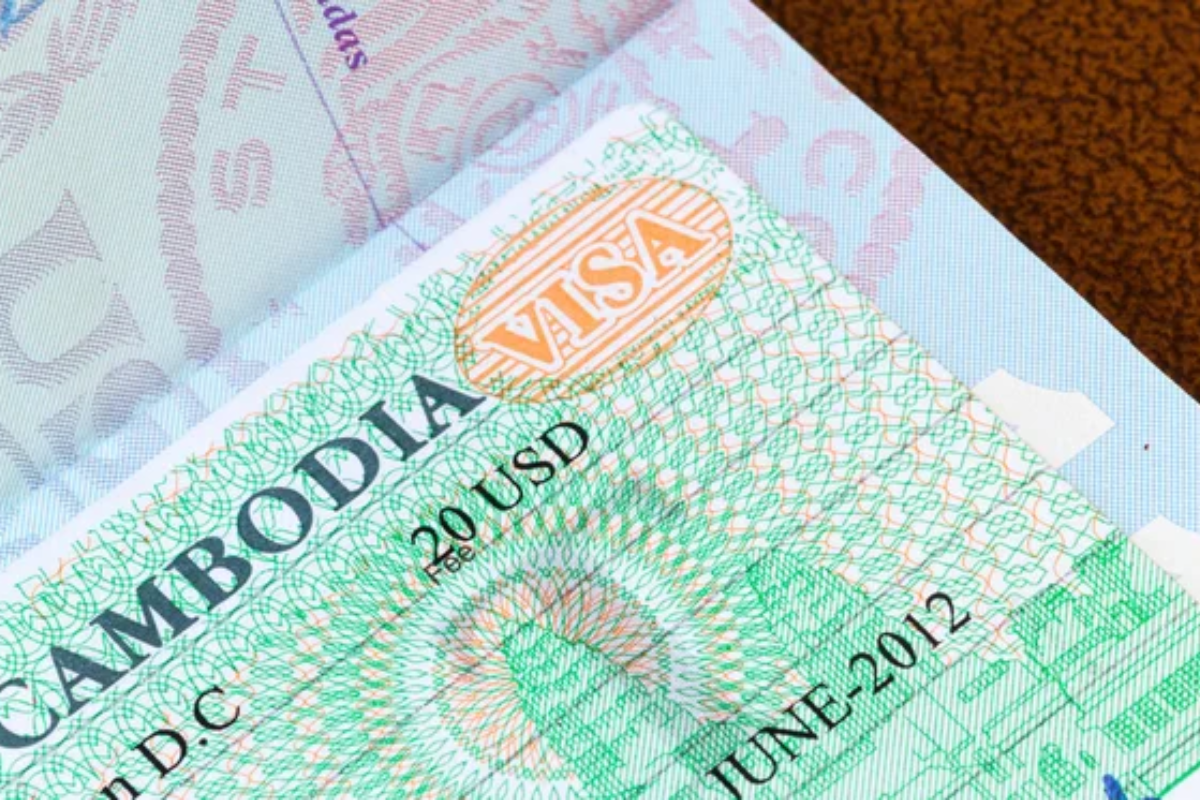
Vietnam’s visa requirements involve various options depending on nationality and entry point – from pre-arranged visa letters to e-visas and visa-on-arrival systems. The rules change periodically, creating occasional confusion, though the process has recently been simplified considerably for many Western visitors.
Cambodia keeps things refreshingly straightforward with tourist-friendly visa procedures. Easy visa-on-arrival options at major entry points and a reliable e-visa system make border crossings generally less stressful. However, the fees typically run higher than comparable Vietnamese visas for similar stay durations.
Like Travel Pug’s content? Follow us on MSN.
The Traveler’s Choice

Vietnam rewards travelers who enjoy variety and movement. It offers remarkable diversity across significant distances and well-developed infrastructure supporting independent exploration. The country delivers excellent value while providing cultural experiences, natural beauty, and urban energy within a relatively accessible framework.
Cambodia speaks to travelers seeking profound historical encounters centered around Angkor’s magnificent temples alongside a still-emerging tourism scene. The country’s smaller scale and less developed tourism infrastructure create both challenges and opportunities for those seeking experiences that haven’t been fully packaged for mass consumption yet. Choose based on your travel style – Vietnam for diversity and established services; Cambodia for extraordinary temples and a less commercially polished experience with remarkably resilient people.
More from Travel Pug

- 20 Towns Built for One Purpose That Were Later Abandoned
- 15 Hidden Spots in Disney World’s Magic Kingdom Most Visitors Miss
- 20 Once-Popular Beach Towns That Are Now Ghostly Empty
- 15 Canyons in the U.S. That Are Just as Stunning as the Grand Canyon
- 10 Under-the-Radar Mountain Towns That Are Both Affordable and Beautiful
Like Travel Pug’s content? Follow us on MSN.
